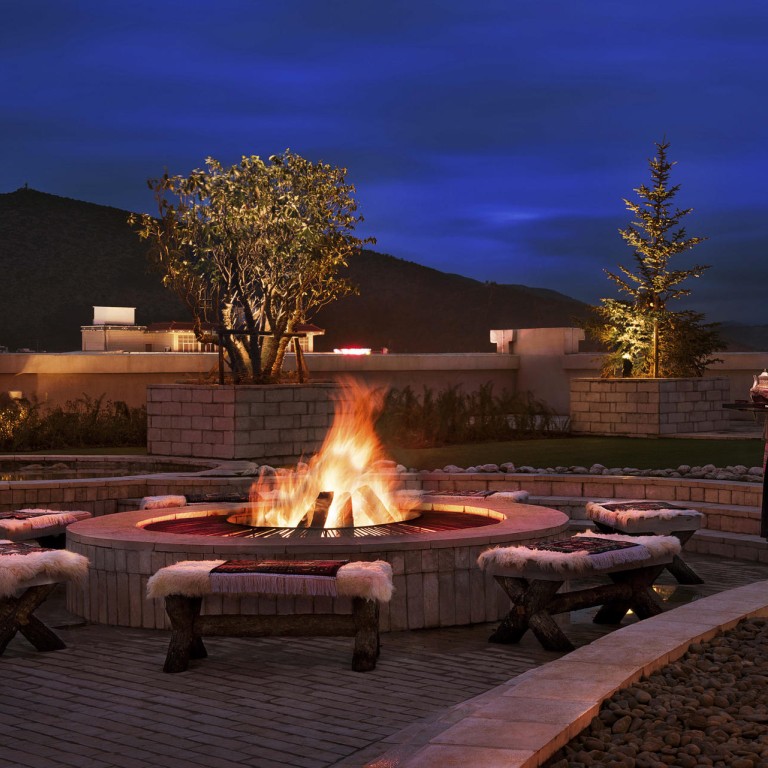Advertisement
Advertisement

Travel deals: Shangri-La's Hylandia; Swire opens East, Miami
Adam Nebbs
The name Shangri-La first appeared in James Hilton's romantic novel in 1933, and the inspiration for its mountainous location has been argued over ever since. Although Hilton never actually visited China, the town of Zhongdian, in northwestern Yunnan province, boldly asserted provenance by changing its name to Shangri-La in 2001, reportedly with the agreement of Shangri-La Hotels and Resorts. A Banyan Tree resort opened just outside town in 2005 but, since then, development has been rather slow, while the more touristy town of Lijiang, about 175km to the south, has attracted several international luxury hotels. Last week, however, Shangri-La Hotels and Resorts opened the Hylandia by Shangri-La (above), a 166-room hotel promising "a modern, high-altitude interpretation of the caravansaries once found along the Silk Road, with exotic courtyards, gardens, lounges and restaurant". The name Hylandia is not a new brand, but rather a one-off designed to avoid nominal repetition and to invoke the lofty, 3,260-metre-high location - and presumably to avoid confusion with several other nearby hotels that have incorporated Shangri-La into their name over the past few years. For a look at the hotel, and to find opening offers, go to www.shangri-la.com/yunnan. China Eastern flies to Shangri-La daily via Kunming.

Swire Hotels has just released artist impressions of East, Miami (above), which is scheduled to open in Florida, towards the end of the year. The hotel will join East hotels in Hong Kong and Beijing in evoking obscure 19th-century echoes of Swire's Taikoo Sugar refinery, which opened in Quarry Bay in 1881 and is now buried beneath the Swire Island East development. Like its sister property in Hong Kong, the Miami hotel will even have a bar named Sugar. You can find out more about the hotel at www.east-miami.com.

The Canadian Pacific Steamship Company established the first direct sea link between Hong Kong and Vancouver, in 1887. Until then, those travelling from here to Canada had had to go first to San Francisco with either the Pacific Mail Steamship Company (from 1867) or the smarter, more expensive Occidental & Oriental Steamship Company (from 1875). Canadian Pacific, which also owned the railways in Canada and built several palatial hotels (including the surviving Algonquin Resort, in St Andrews; the Chateau Frontenac, in Quebec City; and the Banff Springs Hotel, in Alberta), long outlasted its transpacific competitors, however, and many Hong Kong travellers and emigrants to Canada sailed beneath its flag until the 1970s. is a new book that looks at the history of the company, "from the construction of the transcontinental railway to the development of the hotels and the building of the shipping line that linked Canada to the rest of the world". Due to be published this month, it's available for pre-order at Amazon.co.uk for £28.82 (HK$350).


Post
